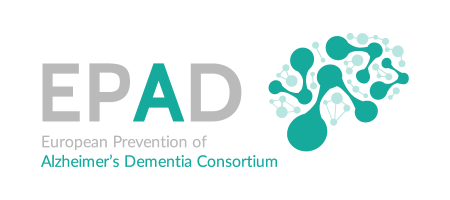“Self-reported diabetes is associated with allocentric spatial processing in the European Prevention of Alzheimer’s Dementia Longitudinal Cohort Study”

Authors: Sarah Gregory, Kaj Blennow, Natalie Z. M. Homer, Craig W. Ritchie, Graciela Muniz-Terrera
Abstract:
Type 2 diabetes is a robust predictor of cognitive impairment. Impairment in allocentric processing may help identify those at increased risk for Alzheimer’s disease dementia. The objective of this study was to investigate the performance of participants with and without diabetes on a task of allocentric spatial processing. This was a cross-sectional secondary data analysis study using baseline data from the European Prevention of Alzheimer’s Dementia Longitudinal Cohort Study (EPAD LCS). Participants were aged 50 years and above and were free of dementia at baseline. Participants with no missing data on the variables of interest were included in this study. Our exposure variable was diabetes reported in the medical history. Our primary outcome was the Four Mountains Test (4MT), a novel task of allocentric processing. Covariates included demographics (age, sex, family history of dementia and years of education), APOEε4 carrier status, cognitive status (Clinical Dementia Rating scale), cerebrospinal fluid phosphorylated tau and amyloid-beta 1-42. Of 1324 participants (mean age = 65.95 (±7.45)), 90 had diabetes. Participants with diabetes scored 8.32 (±2.32) on the 4MT compared with 9.24 (±2.60) for participants without diabetes. In a univariate model, diabetes was significantly associated with worse 4MT total scores (β = -.92, p = .001), remaining significant in a fully adjusted model (β = -.64, p = .01). Cerebrospinal fluid phosphorylated tau was significantly higher in participants with diabetes compared with those without. Novel cognitive tests, such as the 4MT, may be appropriate to identify early cognitive changes in this high-risk group. Identifying those at greatest risk for future neurodegeneration is key to prevention efforts.
DOI: doi.org/10.1111/ejn.15821
Published online: 14 September 2022 in the European Journal of Neuroscience
